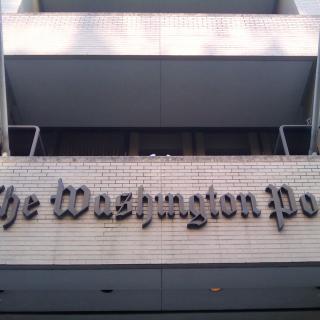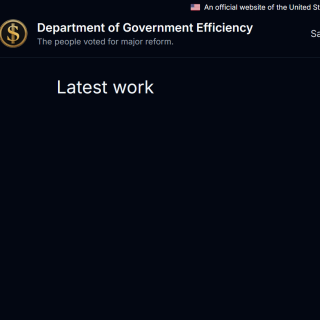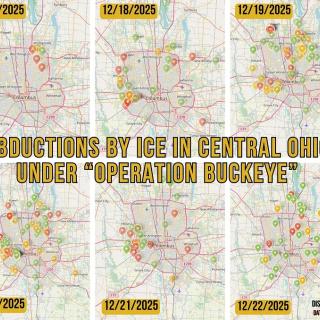During the holiday season of 2000, millions of Americans were still waiting for a PlayStation 2, a video game console manufactured by SONY. The billion-dollar multinational corporation from Japan was telling American children the reason behind the delay was “manufacturing issues.”
But as the decade of the cell phone, the flat screen TV, the personal computer and video games moved on, the exact reason why the PlayStation 2 that year was so hard to find began to emerge – an answer that came from deep in the jungles and mining regions of Africa.
Back then, to fulfill the personal-tech desires of hundreds of millions of consumers, SONY and other manufacturers needed electric capacitors. These capacitors were made with a black metallic ore called coltan, which is refined into tantalum. Tantalum is able to withstand extreme heat, and is needed to make cell phones, computers and video game consoles. So as multiple technological revolutions occurred in unison at the beginning of the 2000s, the worldwide demand for coltan-tantalum began to boil.
One of the world’s largest reserves of coltan is within the borders of the Democratic Republic of the Congo, Africa’s second largest nation. Also known as the “DRC,” this nation’s mineral mines have been besieged by a “resource war” that after 15 years has taken the lives of nearly seven million, according to Catholic relief effort Caritas Internationalis.
The war has been waged by dozens of militias and armies of neighboring countries. A war fought for the possession of DRC’s coltan-tantalum mines, and other conflict minerals and metals, such as Colbalt, which has numerous military applications. Looking the other way during the height of this resource war were scores of Western-based mineral brokers who enriched themselves off the coltan-tantalum the militias smuggled out of the DRC.
In 1999, the price of coltan-tantalum was $49 a pound. At the end of 2000 – when Sony was in desperate need of coltan-tantalum for its PlayStation 2 – the price had risen to $275 a pound. Indeed, British politician Oona King at the time made this eye-opening quote about how militias in the DRC were forcing children to mine for “Black Gold.”
“Kids in the Congo were being sent down mines to die so kids in Europe and America could kill imaginary aliens in their living rooms,” she said, adding the DRC’s resource war should be known as the “PlayStation War.”
Roughly a decade later the West’s appetite for personal electronics remains insatiable. Consider the demand for the iPad and iPhone, the PlayStation 4 and the Xbox One. All need coltan-tantalum to function. The current price of coltan-tantalum is in flux, anywhere from $100 to $200 per pound. Nevertheless, Magma Coltan, a coltan broker located in Costa Rica that refuses to sell coltan-tantalum mined in the DRC, states, “the price of coltan-tantalum will rise in response to new demand for the iPad and iPhone.”
The West, namely the US and the United Nations, has tried with limited success to end the DRC’s resource war, but regular violence continues, as the increasing rape of DRC women by militias finally came to the attention of the world’s mainstream media over the last several years.
Seeking to help end the war by going after the corporate buyers, the US Congress passed a conflict mineral regulation that forces corporations to tell consumers if their product was manufactured with coltan-tantalum mined from the DRC. The Dodd-Frank Wall Street Reform Act, passed in 2010 and scheduled to go into effect by May of 2014, requires corporations to trace and audit their mineral supply chains, and if found to be conflict minerals, the corporation is obligated to find the origin of those minerals. If those minerals are discovered to be from a militia-controlled mine in the DRC, or they can’t determine where the minerals came from, they cannot label their product “DRC Conflict Free.”
David Barouski, a researcher and journalist from Wisconsin, says it is certain that coltan from the DRC was used by SONY to build the PlayStation 2 and used today to manufacture the PlayStation 4.
"SONY's PlayStation 2 launch (spring of 2000) was a big part of the huge increase in demand for coltan that began in early 1999," said Barouski, who has witnessed the chaos of eastern DRC firsthand. "SONY and other companies like it, have the benefit of plausible deniability because the coltan ore trades hands so many times from when it is mined to when SONY gets a processed product, that a company often has no idea where the original coltan ore came from, and frankly don't care to know. But statistical analysis shows it to be nearly inconceivable that SONY made all its PlayStations without using Congolese coltan."



